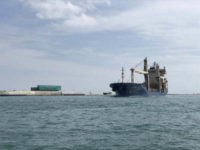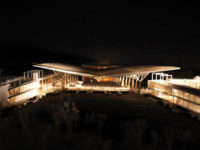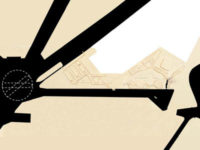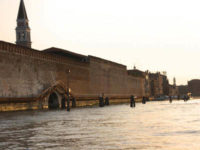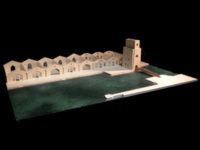Boardwalk along the Wall
Recovery of pedestrian access to the Arsenale from the historic centre of Venice
Venice is an insular city. It is a cluster of islands surrounded by a dense network of canals. Slippery “barene” are covered every six hours by water that moves in and out with the cadenced rhythms of the tides.
Venice is a special and unique city, protected for centuries by the lagoon. To reach it one must cross the waters surrounding it, moving between shallow waters and shoals.
Unlike other city walls, there are no towers or moats. They were never needed; for thousands of years the water offered sufficient protection.
The only exception is the Arsenale, a unique space in the city wrapped by a large brick wall resting atop wooden piles rammed into the clay.
Some ten meters in height, the wall was erected to protect the technological heart of the city. This is the space that housed state-of-the-art naval technologies, used to test and construct ships, vessels, sails, rudders and cables: what the evolution of navigation required to continue to dominate the Mediterranean.
During the nineteenth century the Arsenale was expanded and transformed, it grew in size and extended its walls.
With the arrival of the Austrians and the changing dimensions of steel hulled vessels the walls lost their sense and function: no longer needed they remain a symbol and often an obstacle.
The Arsenale was gradually abandoned.
Evidence of this change can be found in a walkway, clinging to the front of the walls facing the lagoon. An enthralling path suspended above the water and some 400 meters in length. Part mainland and part lagoon, often accompanied by breezes and seagulls.
Decades of exposure to harsh winds and the elements have reduced the walkway to an irreparable state of decay, making it unsafe. It needs to be completely reconstructed.
We proposed a lightweight walkway in corten steel anchored by “invisible” rods situated in correspondence with the existing concrete brackets.
This minimal intervention eliminates more than it adds; it incorporates the gas, water and electrical conduits haphazardly applied to the walls over time.
Like a brushstroke in watercolour, the walkway becomes a horizontal line in a horizontal landscape.















